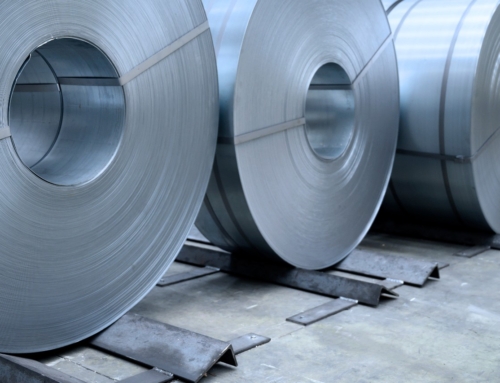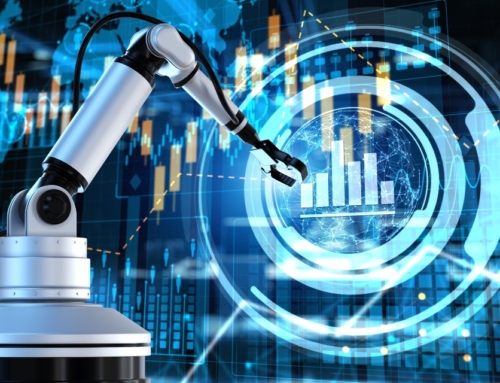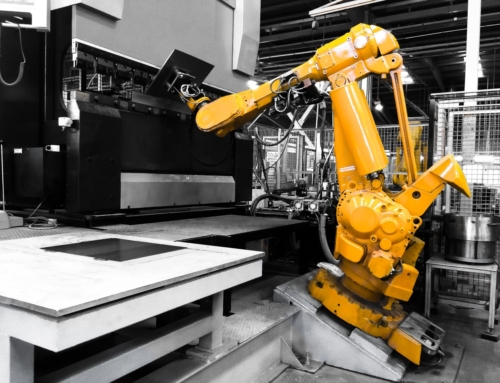What type of lasers are used for cutting in metal carpentry?
Discover the most effective laser cutting technologies to optimize processing and improve productivity in industrial carpentry
Laser cutting is one of the most widely used technologies in industrial metal carpentry because it allows precise, fast and efficient machining on a wide range of materials, allowing to realize complex metal structures and precision components. Industrial carpentry is daily confronted with the need to work different materials – from carbon steel to aluminium, through copper, brass and even special alloys – each with specific characteristics in terms of hardness, reflectivity and thickness.
To obtain high-quality results and perform each individual process at its best, it is therefore essential to know the different types of lasers available. Not all types of lasers are the same: each offers distinctive features that make it more or less suitable for certain types of processing. Choosing the right laser technology is not just about cutting capacity. Factors such as energy efficiency, operating costs, maintenance requirements and integration with automation and numerical control systems must also be considered. These elements determine the return on investment and long-term economic viability of the equipment chosen.
How does laser cutting work? What are the main types of lasers used in industrial carpentry? Let’s find out together!
How laser metal cutting works
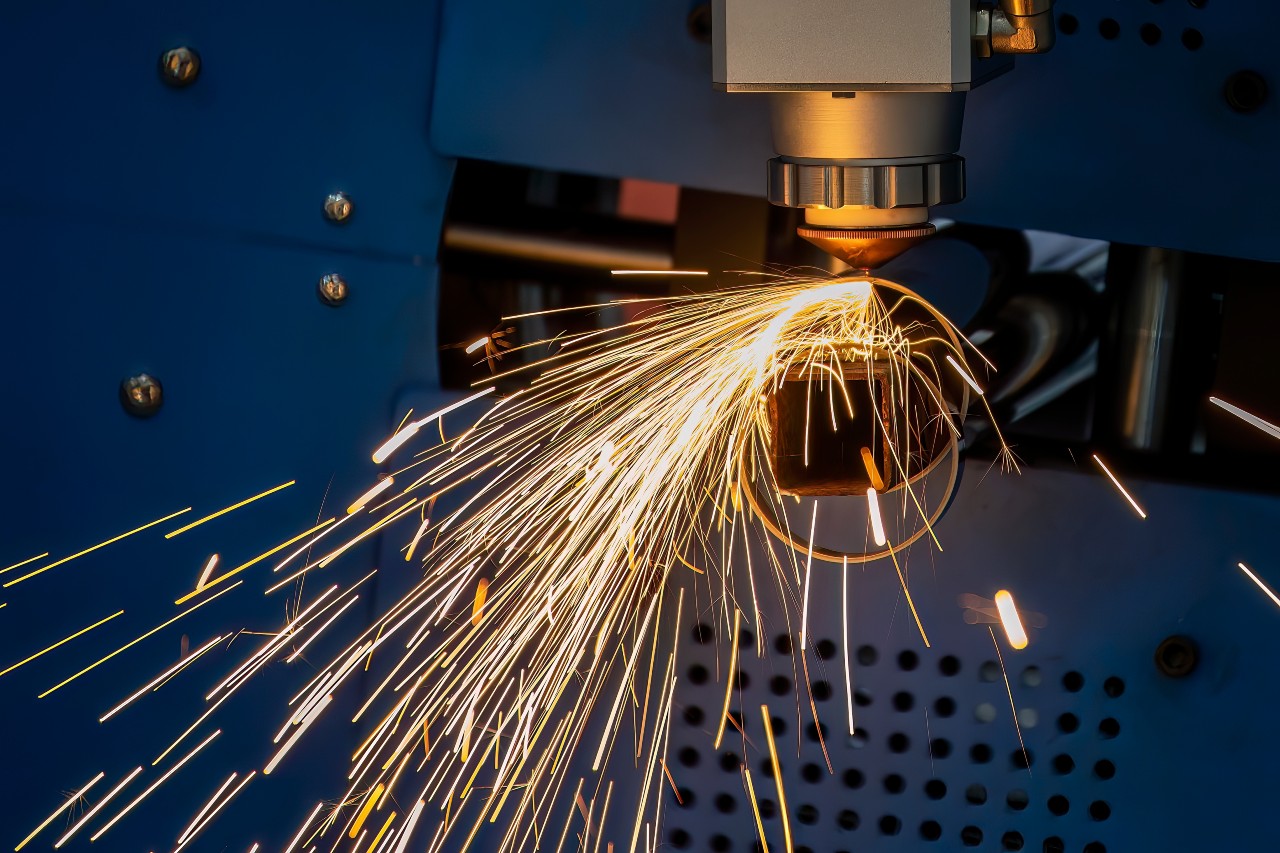
Laser metal cutting is an advanced thermal process that separates solid materials using a very high-power focused laser beam. In metal carpentry, this technology is used to make sharp, precise and non-contact cuts on metals of various types and thicknesses. The principle behind laser cutting is relatively simple: a concentrated laser beam is directed at one point in the material, bringing it quickly to temperatures so high that it melts, vaporizes or burns the material itself. An assistant gas jet (usually oxygen, nitrogen or compressed air) is used simultaneously to blow away the molten or vaporized material, creating a clean and continuous cut.
The laser beam, generated by a source (CO , fiber, disc) is transmitted through mirrors or optical fibers and focused through a lens to obtain an extremely concentrated focus point where all the energy is concentrated. The movement of the beam, managed by a CNC (computer numerical control) system, allows complex cutting paths to be followed with micrometric precision, without deforming the surrounding material. This makes laser cutting particularly advantageous compared to other mechanical technologies, such as plasma or waterjet cutting, because it does not involve physical tool wear or mechanical stress on the workpiece.
In the context of metal fabrication, laser cutting is fundamental for the production of precision components, shaped sheets, frames, brackets, panels and parts with complex geometries. It is ideal for materials such as carbon steel, stainless steel, aluminium, copper, brass and metal alloys, but also for light machining on plastic or composite materials. Fiber lasers, for example, are particularly effective in cutting reflective metals and thin to medium thicknesses, while CO lasers are often used on non-metallic and light materials.
The type of cutting can vary according to the technique used, allowing the process to be adapted to materials with different physical characteristics, optimizing edge quality and reducing the need for subsequent finishing operations. The use of auxiliary gases also directly affects the result: oxygen accelerates the process on carbon steels creating an exothermic reaction, nitrogen avoids oxidation for more aesthetic finishes, compressed air is a cost-effective compromise for less critical cuts.
Types of lasers used in metal carpentry
As we have seen, in the field of metal carpentry there are different types of lasers and each has specific advantages depending on the type of material and application required. Choosing the best laser for cutting operations must be done carefully because it can directly affect productivity, quality and processing costs. The three main types of metal cutting lasers used today are the CO₂ laser, the fiber laser and the diode laser.
The CO₂ laser is one of the first cutting technologies developed and uses a mixture of gases (carbon dioxide, nitrogen and hydrogen) to generate an infrared beam with a wavelength of 10.6 micrometers. It is particularly suitable for cutting non-metallic materials such as wood, plastics, textiles and composites, but can also be used on metals such as mild steel and aluminium with satisfactory results. The main advantages of the CO laser lie in the excellent quality of the cutting edge, especially on smooth surfaces and limited thicknesses. However, it has some significant limitations, such as low energy efficiency, the need for frequent maintenance and greater difficulty in cutting reflective metals, such as copper or brass, due to the longer wavelength.
The fiber laser is today the reference technology for modern metal carpentry because it can provide a number of significant advantages. Uses a rare earth-doped optical fiber cable to generate a laser beam with a much shorter wavelength than the CO laser. This feature allows much more efficient energy absorption by metals, making it perfect for cutting stainless steel, carbon steel, aluminium, brass and copper. Fiber lasers are characterized by high power, fast cutting times, low maintenance costs and increased energy efficiency. They are also compact and easily integrated into automated CNC systems. The only significant limitation is poor performance on non-metallic materials or excessively high thicknesses.
Direct diode lasers, on the other hand, are an emerging technology in metal carpentry, but they are becoming more and more widespread thanks to specific advantages. Unlike the others, the laser beam is generated directly by the laser diodes, which allows for greater energy efficiency and a more compact and robust mechanical structure. The key advantage of diode lasers is their ability to control very precisely power and thermal distribution, making them suitable for processes where maximum precision or low continuous power is required, such as thin sheet cutting or micro-cutting. However, the available power is often lower than fibre lasers and costs can be high at an early stage.
The advantages of laser cutting in industrial carpentry
Compared to traditional cutting methods, the laser offers a number of advantages which result in an improvement in production processes, product quality and operating costs. Adopting this technology allows to increase competitiveness, meet increasingly complex demands and respect high quality standards. Among the main advantages of laser cutting in industrial carpentry are:
- high precision and quality of cutting: laser cutting on metal allows machining with minimum tolerances, even less than one tenth of a millimetre, thanks to the precision of the focused beam and computer numerical control (CNC). The edges are smooth, with no burrs or need for finishing, reducing post-processing time. This is essential in the production of complex mechanical components or structures that require perfect coupling;
- high processing speed: modern laser systems, especially fiber lasers, are able to cut materials at much higher speeds than other technologies, ensuring a higher productivity, reduced cycle times and faster order processing, essential in high-turnover sectors such as automotive, metal furniture and precision component manufacturing;
- flexibility and application versatility: laser cutting easily adapts to different materials and varying thicknesses. In addition, thanks to the software control, it is possible to instantly modify geometries, drawings and cutting parameters, making the laser machine an ideal tool also for production on order and in small series;
- possibility of automation and integration with other systems: laser cutting machines can be easily integrated into automated production lines, with loading and unloading robots, automatic warehouses and advanced management software. This enables workflow optimisation and better monitoring of production processes;
- reduction of waste material: thanks to the precision of the cut and the possibility of optimizing the positioning of the templates on the material, the waste is minimized, improving the use of raw materials and lowering production costs;
- minimum thermal deformation. Laser cutting, being a non-contact process, generates a localized and controlled heat, minimizing the thermal deformation of the workpiece. It is therefore particularly suitable for temperature-sensitive materials and for processing operations requiring high dimensional stability;
- process safety and cleanliness: unlike traditional methods, laser cutting is a clean, quiet and easily controllable process. The work area is protected, the risk of accidents is reduced and there are no abrasive dust or chemical residues to manage, contributing to a safer and more sustainable working environment.
Ferrero Industrial: advanced technologies for laser metal cutting
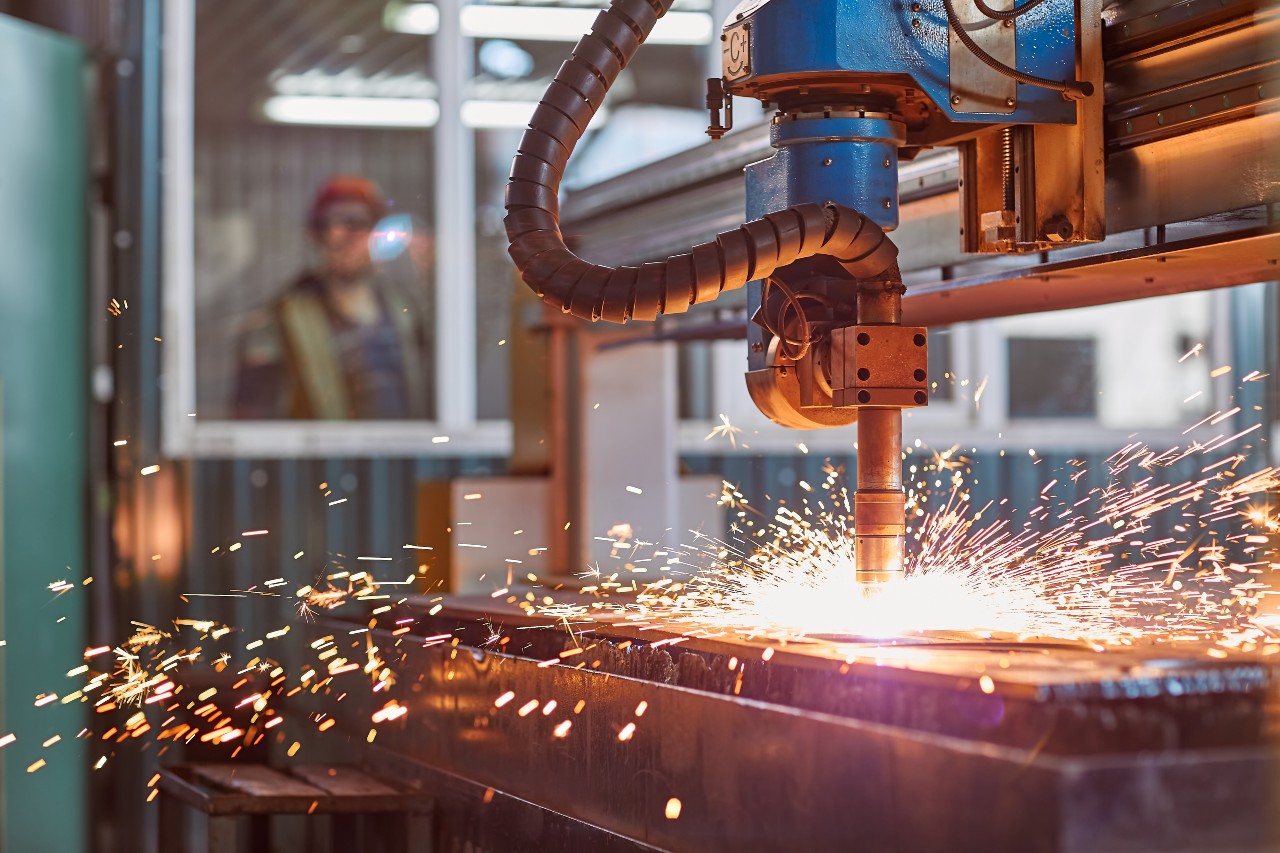
Ferrero Industrial manufactures industrial welds and precision components – including car carrier trailer parts, aerial lift parts and components for drilling machines – using cutting-edge production technologies, able to guarantee very high levels of quality, precision and productivity. In particular, the company has invested in cutting laser systems of last generation, designed to meet the most complex and diversified needs of modern industrial carpentry.
Cutting operations are carried out with different types of lasers, including the high-power 8KW laser, which allows you to cut even thick metal materials with speed and precision. The system is equipped with a manual pallet changer, which allows the operator to quickly manage the change of materials, reducing downtime. The automatic nozzle change optimizes the cutting process by automatically switching to the most suitable nozzle according to material and thickness, thus ensuring a constant cutting quality and minimizing manual intervention.
The 6 KW laser is also distinguished by an advanced level of automation, being equipped with an automatic loading system and an automatic unloading that significantly reduce preparation times and allow continuous operation of the machine. The sheet vision system ensures precise positioning of the material before cutting. This vision technology reduces alignment errors and optimises sheet utilization, minimizing material waste.
The company’s machine park is completed by the 4KW laser, characterized by a lower power compared to other plants but extremely versatile and suitable for cutting medium-thickness materials. This laser is also equipped with an automatic loading and unloading system and automatic nozzle change, characteristics that allow a flexible and efficient management of the work cycles, reducing the need for manual interventions and increasing the overall productivity.
Thanks to these advanced technologies, Ferrero Industrial is able to offer a precise and fast laser cutting service, adapting to the specific needs of each customer and guaranteeing high quality standards. If you want more information, contact us!


